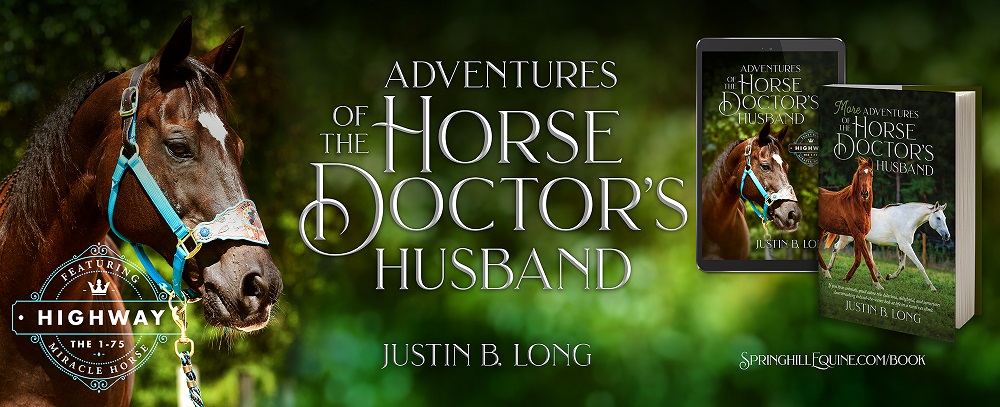Whinny’s Wisdoms

Hi there, Whinny here! I may be small, but I know a thing or two about living quarters, being nimble enough to explore them and all. If you’re new to horses or livestock you may not know how they want to live. Housing seems like a simple thing, but who lives with who and how much space they have can be really important. In this article, I’ll share some tips and tricks for creating a cozy and comfortable home for your large animals. So grab a piece of cheese and settle in, because we’re about to get started!
General Housing Principles
Large animals like horses, cattle, sheep, goats, llamas, alpacas, and pigs (oh my!) need plenty of space to move around and exercise. Make sure your pastures, stalls, or whatever area they live in are large enough to accommodate your animals comfortably. These areas should also be kept clean. It’s fairly obvious that stalls need to be cleaned (Tony says they’re basically just giant litter boxes), but paddocks and pastures often need to be cleaned of excess manure too. Plus, it’s really important to walk your property often looking for stuff that shouldn’t be there like trash, metal scraps, roofing nails, and bailing twine.
Every animal needs access to fresh, clean water at all times. Make sure you’re regularly (daily is ideal) dumping, scrubbing, and refilling buckets and water troughs. Horses and livestock need shelter from the elements, including sun, wind, rain, and snow (I’ve never experienced that last one but I hear it’s extra chilly!). This can be in the form of stalls, run-in sheds, or sometimes really nice tree cover is enough.
Every place is a little different, and the needs of your animals may vary depending on the climate, terrain, and other factors. Our doctors and technicians here are always happy to chat about the best management plan for your individual situation when we’re there seeing your crew. Let’s get into some specifics for the different species now!
Horses
The amount of space required for horses depends on a variety of factors, including the size of the animal, the breed, and the level of activity. In general, horses need enough space to move around, lie down, and access food and water. For horses that are kept in stalls, the recommended stall size is around 12 feet by 12 feet, although larger stalls may be needed for larger horses.
For horses that are kept in pastures, the recommended amount of space is typically around 1-2 acres per horse, but many appreciate more than that. Horses also need access to shelter, such as a barn or run-in shed, to protect them from the elements (and house their mousey friends). It’s very important to keep horses in a clean and well-ventilated environment to prevent the spread of disease. If you’re building a barn, always consider air flow and drainage. My docs made a video about barn design that you’ll enjoy, so I’ll put a link in my P.S. at the end.
Cattle
Most cattle are comfortable living outside most of the time as long as they have shade and protection from the elements. For beef type cattle in a production setting, the recommended amount of space is around 250-500 square feet per animal, depending on the size of the animal. For dairy type cattle on a working farm, the recommended amount of space is around 100-150 square feet per animal. For pet cows, generally 1-2 acres per cow is most comfortable.
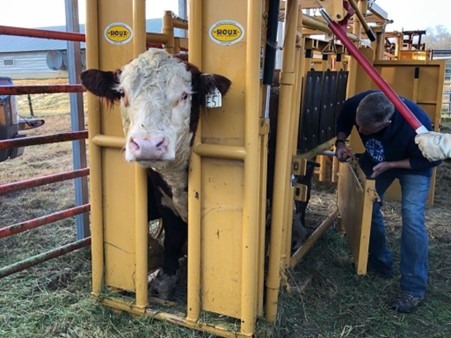
If you are going to house cattle on your property and you expect to get any vet care ever (especially from our team here), it is *required* that you have handling facilities. Cows are really big! I know I’m a mouse, but even compared to you humans they are large and dangerous. While pet cows may allow you to pet them for food or scritches, when our doctors come at them with needles and stethoscopes they often end up at the other side of however many acres they have. The best plan for facilities involves a chute or head catch that are in a location the cattle can be directed into. These facilities can be part of the cows normal life and you can practice pushing them through on days when they aren’t needed so it becomes routine.
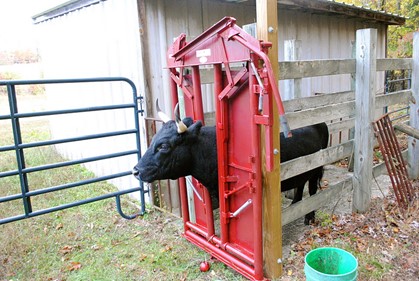
Sheep and Goats
Sheep and goats are great pets! The most ideal situation is for them to have both barn space and pasture space. They can definitely be kept together, but they are handled a bit differently, so it may be easier to keep sheep with sheep and goats with goats. Barn space should allow for at least 20 square feet per animal and pasture space should provide at least 300 square feet of usable space for each animal.
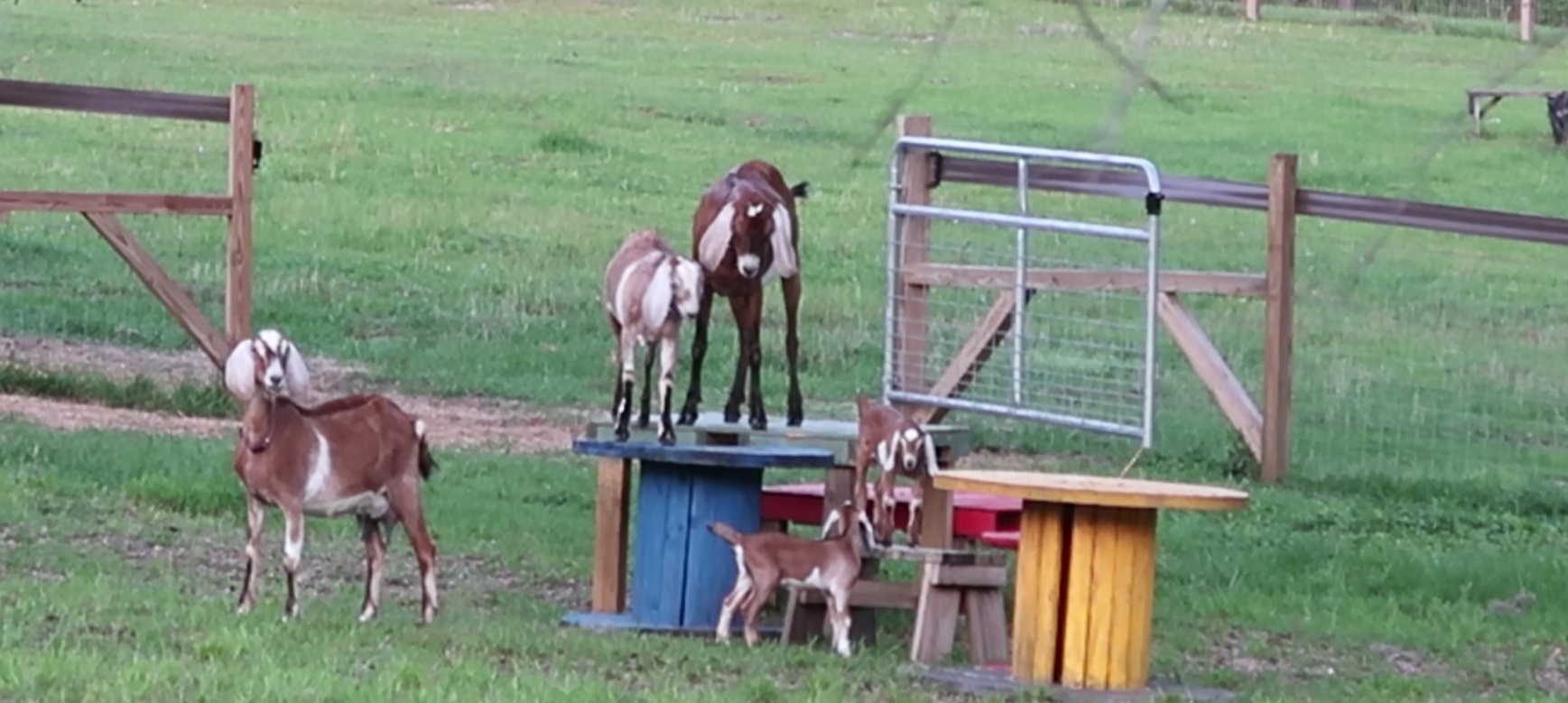
It’s important to provide a variety of surfaces for sheep and goats. Goats especially absolutely love to climb, so if you can get them a boulder, stump, log, or other elevated surface to play on they will appreciate it. Both sheep and goats benefit from having textured ground such as gravel or roofing tiles in a commonly used area of the pasture to help wear down their feet in between hoof trims. Sheep tend to stay where they are put if they are left alone, but goats are always looking to go on an adventure. They require tall fencing that has only small gaps (no horse horizontal board fencing!) and is well reinforced.
Whinny Wisdom: If you throw water at a fence and it makes it through, so will a determined goat!
Camelids
Camelids that are kept as pets generally include llamas and alpacas. Yes, these are different critters! Llamas tend to be larger, have a longer nose, be more independent, and more commonly don’t need no drama. Alpacas are smaller and flightier with a much softer fiber. Camelids as a group technically includes old world camelids such as dromedaries and bactrians, however they should really not be kept as pets, so we won’t talk anymore about them.
Llamas and alpacas have similar space requirements. When they are kept in a barn, they require at least 50-60 square feet per animal. Their pastures should provide around 200-400 square feet per animal. Many times they are kept out all the time, and it’s a good rule to have no more than 5-10 llamas and alpacas per acre of land. If you plan to breed your camelids or will have intact animals, eventually you will need a total of four separate pastures: one for females, one for weanlings, one for young males, and one for adult males.
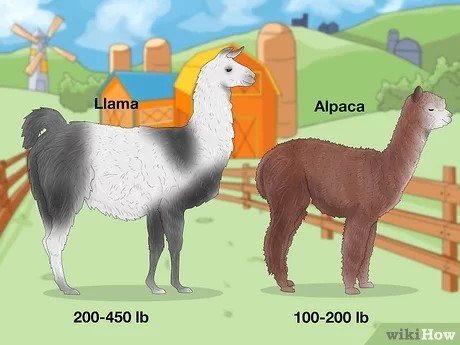
Alpacas and llamas really shouldn’t be housed with other animals. You can, but most of the other animals I’ve discussed here have vastly different nutrition requirements to camelids, which would mean they couldn’t be fed together. This isn’t a nutrition article, but remember that all-stock feed is good for no stock you need. The larger large animals like cattle and horses can easily injure camelids which can put a major damper on them living together.
Pigs
Pigs can be popular farm animals and pets, but can present some unique challenges. They are pretty smart, just like your mouse here, and can often be great escape artists. For pigs that are kept in pastures, the recommended amount of space is around 200-300 square feet per animal. Pigs can be kept in a barn for part of the day but absolutely need access to the outdoors for a chunk of the day so they can root in the dirt, roll in the mud, and do other fun piggy things.
Well, that’s all! Thanks for learning about your animals’ house from a mouse! If you have any questions drop a comment or ask one of our veterinarians the next time they’re out seeing your animals. Cheese you next week!
~ Whinny
P.S. Here’s a link to that Barn Design Video I mentioned. My docs have a ton of great video content over on our YouTube Channel, so make sure you check it out!
 Whinny’s Wisdoms is the official blog of Whinny the Clinic Mouse at Springhill Equine Veterinary Clinic in Newberry, Florida. If you liked this blog, please subscribe below, and share it with your friends on social media! For more information, please call us at (352) 472-1620, visit our website at SpringhillEquine.com, or follow us on Facebook!
Whinny’s Wisdoms is the official blog of Whinny the Clinic Mouse at Springhill Equine Veterinary Clinic in Newberry, Florida. If you liked this blog, please subscribe below, and share it with your friends on social media! For more information, please call us at (352) 472-1620, visit our website at SpringhillEquine.com, or follow us on Facebook!
[jetpack_subscription_form title="Subscribe to Whinny's Wisdoms"]
